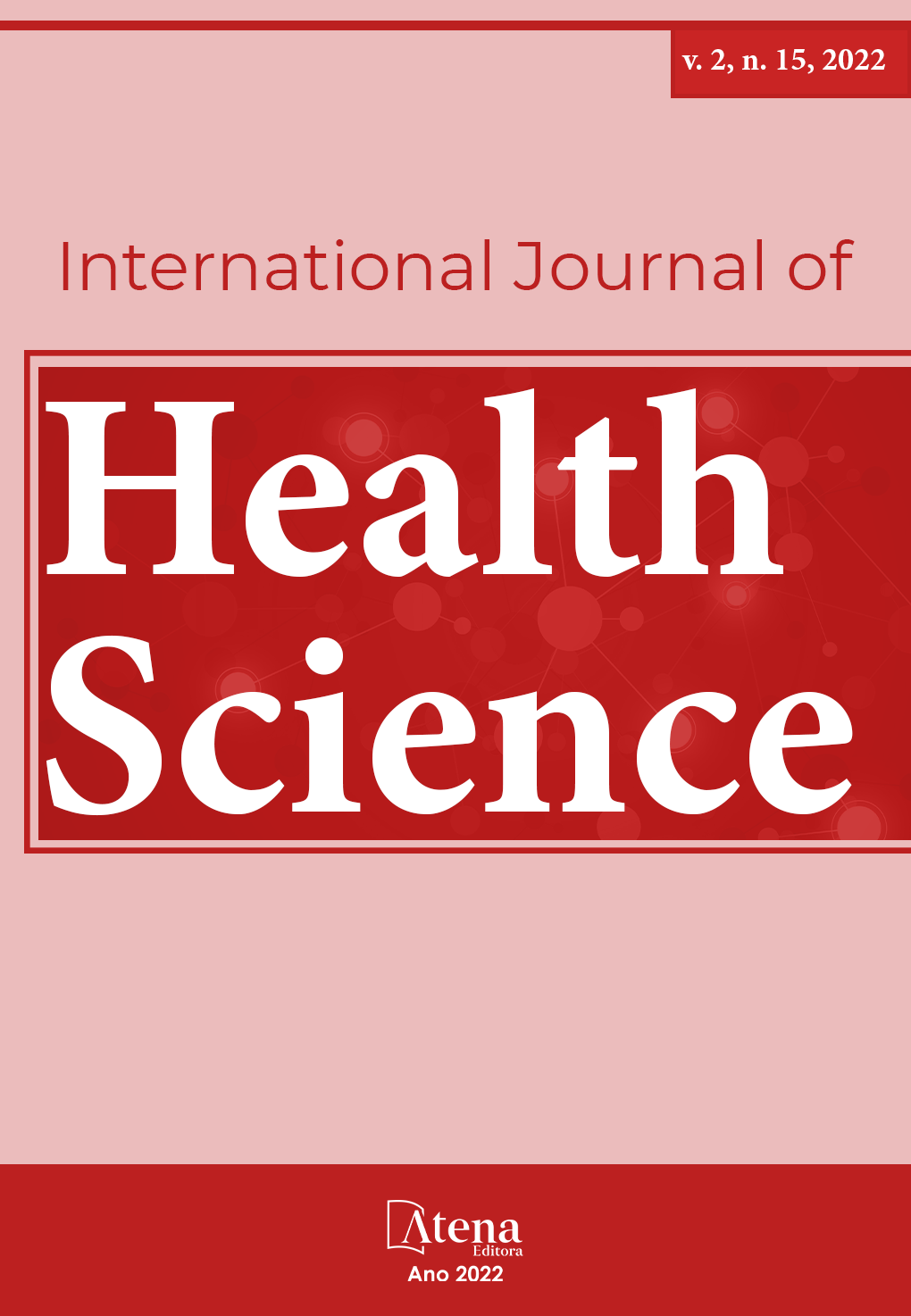
ETIOLOGY OF ANAL FISTULAS IN PATIENTS WITH EXTRAPULMONARY TB - A CASE REPORT
Anal fistula is the abnormal communication existing between two epithelial surfaces: mucosa of the internal part of the anal canal, and the external skin around the anus, or the perineum.
There is often drainage of secretion through the orifice near the anal region, which is serosanguineous and fetid.
According to the theory of cryptoglandular infection, there is accumulation of bacteria and pus in the region between the anal canal mucosa and sphincter.
When the concentration of pus is circumscribed under the skin or deeper, located between the muscles of the region, they are called perianal abscesses. When they are opened spontaneously or by surgery to drain the pus, perianal fistulas are formed.
The cryptoglandular theory does not apply to all cases, there are other specific causes that may justify the presence of fistulas, such as infections from previous anal surgery, Crohn's disease, neoplasms.
In tuberculosis, due to the tropism of Köch's bacillus for lymphatic tissues, associated with the presence of surrounding lymphoid tissue and anal glands, as well as the presentation of tissue hypertrophy, lead us to admit that the cryptoglandular theory can explain the etiopathogenesis of fistulas. perianal nerves in affected patients.
Screening for anti-HIV must be carried out in all cases due to the increasing association of tuberculosis with HIV. Some authors report that specific treatment with a triple regimen is sufficient to cure the lesion, others disagree, reporting the need for operative treatment.
The treatment of anorectal tuberculosis, as well as pulmonary tuberculosis, is initially clinical, requiring the prescription of the triple regimen (hydrazide, pyrazinamide and rifampicin).
We conclude that perianal fistulas in tuberculosis patients do not necessarily have a tuberculous etiology and we emphasize the need for research into this disease in patients with perianal fistulas, for the introduction of specific treatment beforehand, either surgical or by the triple regimen as a single therapy.
ETIOLOGY OF ANAL FISTULAS IN PATIENTS WITH EXTRAPULMONARY TB - A CASE REPORT
-
DOI: 10.22533/at.ed.1592152215033
-
Palavras-chave: Anal fistula; tuberculosis.
-
Keywords: Anal fistula; tuberculosis.
-
Abstract:
Anal fistula is the abnormal communication existing between two epithelial surfaces: mucosa of the internal part of the anal canal, and the external skin around the anus, or the perineum.
There is often drainage of secretion through the orifice near the anal region, which is serosanguineous and fetid.
According to the theory of cryptoglandular infection, there is accumulation of bacteria and pus in the region between the anal canal mucosa and sphincter.
When the concentration of pus is circumscribed under the skin or deeper, located between the muscles of the region, they are called perianal abscesses. When they are opened spontaneously or by surgery to drain the pus, perianal fistulas are formed.
The cryptoglandular theory does not apply to all cases, there are other specific causes that may justify the presence of fistulas, such as infections from previous anal surgery, Crohn's disease, neoplasms.
In tuberculosis, due to the tropism of Köch's bacillus for lymphatic tissues, associated with the presence of surrounding lymphoid tissue and anal glands, as well as the presentation of tissue hypertrophy, lead us to admit that the cryptoglandular theory can explain the etiopathogenesis of fistulas. perianal nerves in affected patients.
Screening for anti-HIV must be carried out in all cases due to the increasing association of tuberculosis with HIV. Some authors report that specific treatment with a triple regimen is sufficient to cure the lesion, others disagree, reporting the need for operative treatment.
The treatment of anorectal tuberculosis, as well as pulmonary tuberculosis, is initially clinical, requiring the prescription of the triple regimen (hydrazide, pyrazinamide and rifampicin).
We conclude that perianal fistulas in tuberculosis patients do not necessarily have a tuberculous etiology and we emphasize the need for research into this disease in patients with perianal fistulas, for the introduction of specific treatment beforehand, either surgical or by the triple regimen as a single therapy.
-
Número de páginas: 3
- Ana Karla Nelson de Oliveira Maia
- Maria Sílvia Prestes Pedrosa
- Márcia Cristina Gomes dos Anjos
- Maria Virgínia lima coelho
- Lina Miyuri Suizu
- Mônica Gadelha dos Santos
- Louise Moreira Trindade
- Emanuelle Nonato Coelho de Souza
- Beatriz Suarez Jerez
- Gabriel Lima de Souza Gonzalez
- Giovanna de Oliveira Aranha
- Rafaela Paes Bignami
- Kevin Krwyslley Lima Melo


